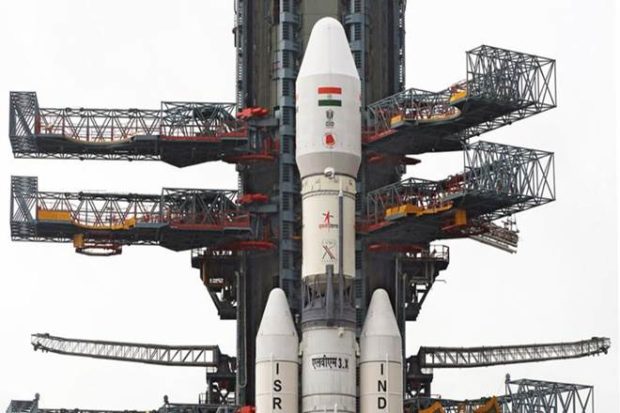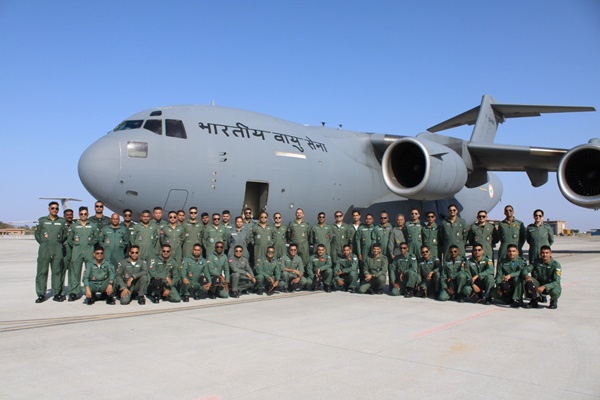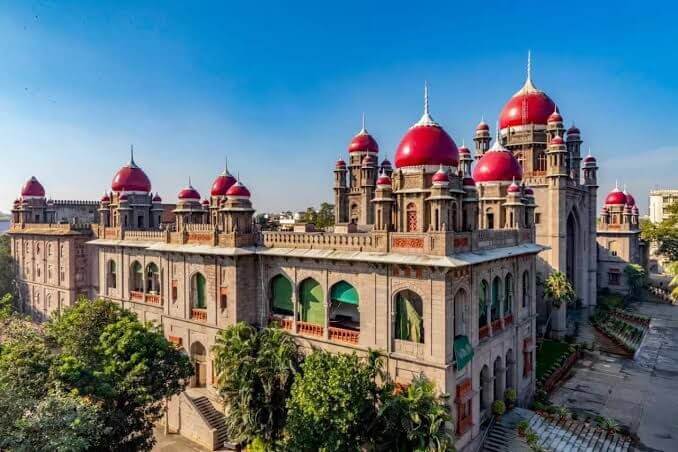ISRO to launch India's heaviest satellite using launch vehicle GSLV Mark III D-1 today
Mon 05 Jun 2017, 11:03:32

The countdown for the national space agency ISRO's historic launch of GSLV Mark III D-1 is progressing well at the Satish Dhawan Space Centre, Sriharikotta.The newly developed indigenous launch vehicle is set to insert the communication satellite GSAT-19 into a geosynchronous transfer orbit after it blasts off from the second launch pad of the spaceport at 5.28 pm today.
This is the first ever developmental flight for the 4-ton class vehicle, powered by the indigenous cryogenic upper stage of 20 tonnes thrust. In this test flight, the ISRO's most powerful ever rocket is set to carry the satellite of
3136 kg lift off mass into space, the heaviest ever to be launched from Indian soil.
3136 kg lift off mass into space, the heaviest ever to be launched from Indian soil.
GSLV Mark III has double the capacity of its predecessor GSLV Mark II in terms of its payload carrying capacity. Its first stage is made of two strap on motors filled with solid fuel.
The second and core stage is fueled by liquid propellants. The most crucial cryogenic engine at its upper stage provides a heavy thrust of 20 ton to give the mammoth rocket the edge to take heavier payloads such as 4-ton class communication satellites to geosynchronous transfer orbits.
No Comments For This Post, Be first to write a Comment.
Most viewed from Specials
Most viewed from World
AIMIM News
Latest Urdu News
Most Viewed
May 26, 2020
Do you think Canada-India relations will improve under New PM Mark Carney?
Latest Videos View All
Like Us
Home
About Us
Advertise With Us
All Polls
Epaper Archives
Privacy Policy
Contact Us
Download Etemaad App
© 2025 Etemaad Daily News, All Rights Reserved.





















.jpg)
.jpg)
.jpg)
.jpg)

















